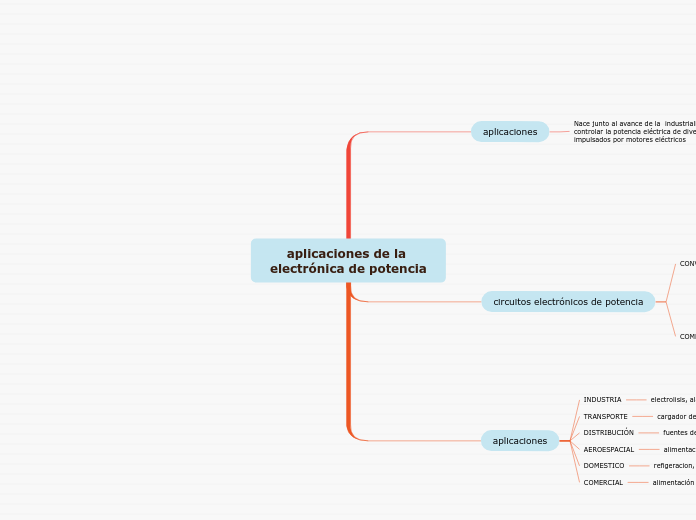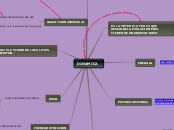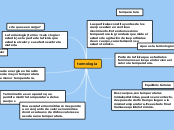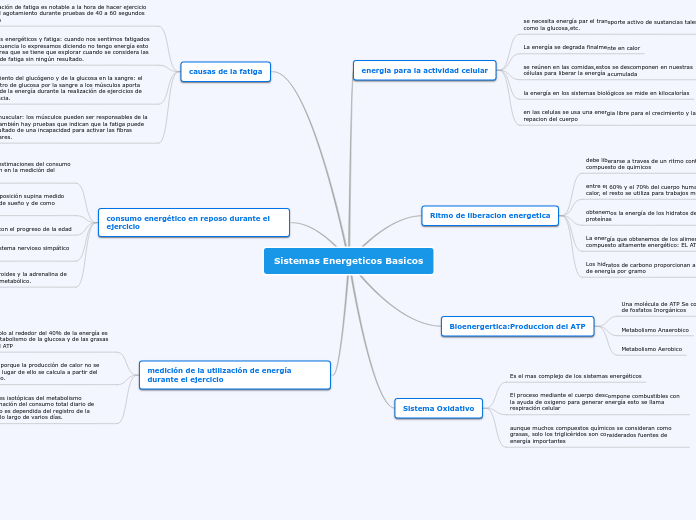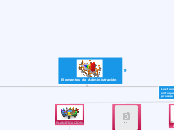los circuitos conversores se implementan por medio de transistores y diodos de potencia
aplicaciones de la electrónica de potencia
To name your story, you have to think about the overall message and what you want your audience to understand from the story. Also, make it relevant and easy to remember.
The ending of a story is essential. We all know that if the ending is weak, what happened before loses its importance. So make it unpredictable, but fair. A resolved ending answers all the questions and ties up any loose threads from the plot.
COMERCIAL
alimentación de ordenadores y equipos
DOMESTICO
refigeracion, iluminacion,aire acondicionado
AEROESPACIAL
alimentación de satélites
DISTRIBUCIÓN
fuentes de energía renovables,
TRANSPORTE
This is the closure section of the story.
See examples of possible outcomes below:
- all problems have been solved
- it's clear how each one of your characters ends up
- your main character is transformed by the challenge
cargador de baterías,metro,electrónica de autos
Try answering these questions to come up with a closure:
- Have all the problems been solved?
- Is there a clear picture of what happens with each character in the story?
- Has the challenge transformed your main character?
- How do the characters feel in the end?
INDUSTRIA
This is the moment when the main character surpasses the last obstacle and finally faces their greatest challenge.
The climax usually follows one of these patterns:
- realization
- resolution
- choice
Type in your answer.
electrolisis, alarmas,soldaduras y robotica
circuitos electrónicos de potencia
The middle of the story is where you add layers of complications that will lead to the end. Reveal more about the character's journey. Did their personality go through changes? How did they overcome the challenges? And as you build up the story’s central conflict, make it more personal to that character. Also, from the middle act, you have to lead into the final act.
COMPOSICIÓN
Your character(s) need(s) motivation in order to solve the challenge(s).
circuito de potencia
Secondary characters might also have motives that lead them to cross paths with the main character or which might trigger them to help the main character.
etapa de potencia basada en la conmutación
circuito de mando
Why does your character need to confront this challenge? What does he/she expect to accomplish by solving it?
See a few examples:
- will marry in 3 days
- can fix the mistakes of the past
etapa de control
fuente de energía eléctrica
proveniente de redes eléctricas
carga
Secondary characters also might have motivs beacuse of which they may cross path with main character or which might trigger them to help the main character.
puede ser puramente resistivo o compuesta resistiva-inductiva
CONVERSORES
Each story has a main character and that character usually needs to solve a problem or challenge. The character's challenge is the one that creates tension throughout the story.
convertidor de DC a AC se denominan inversores
convertidor de AC a DC se denominan rectificadores
convertidor AC a AC se denomina convertidor ACAC
Type in any other challenges which other characters in the story need to face.
convertidor de DC a DC se denomina pulsador DC
In most stories, there are 3 challenges. The number 3 is a mystical number symbolizing completeness. Try to come up with interesting challenges with which your character needs to struggle.
See a few examples below:
- turns into a werewolf at night
- is sent back in time
aplicaciones
In the beginning of the story (or the exposition), you will need to introduce the setting and characters. You might also want to introduce the main conflict. This part of the story is important because it gives the reader necessary background information and maybe even a first insight into a character’s personality.
Nace junto al avance de la industrialización de controlar la potencia eléctrica de diversos sistemas impulsados por motores eléctricos
Characters are essential to a good story. Usually, the protagonist(s) is/are the most affected by the plot. Introduce a character by focusing on their actions, interests, and occupation, as the physical appearance doesn't make a difference in most cases.
